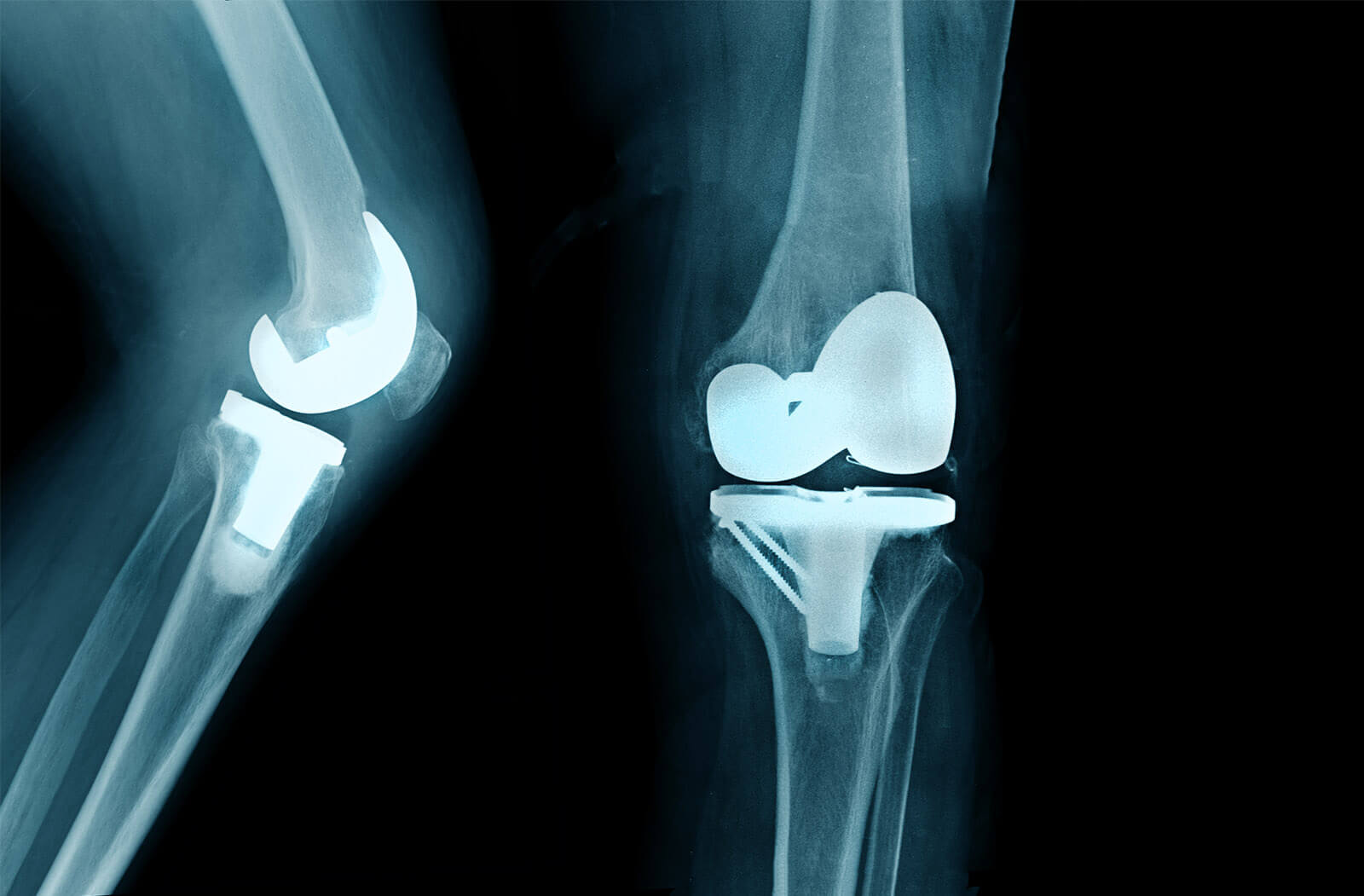Bilateral Knee Replacement Surgery
A bilateral knee replacement is a surgical procedure in which both knees are replaced with an artificial joint or prosthesis. The artificial joint is made of plastic, metal, or ceramic and it is designed to move just like a healthy normal joint.

Sometimes it can be difficult to attain complete normal leg function when only one knee joint is replaced. It is because of this that doctors can recommend for bilateral knee replacement surgery. Bilateral knee replacement is often recommended to individuals who are aged 60 years and above. This is because younger people tend to wear out their artificial knee replacements more quickly. A good candidate for bilateral knee replacement is a person who is:
- In overall good health
- Physically fit
- Committed to undergo physical therapy and rehabilitation after the surgery to regain his/her mobility
Types of Bilateral Knee Replacement Surgery
- Simultaneous bilateral knee replacement: This is when both of the knees are replaced at the same time.
- Staged bilateral knee replacement: This is when each of the knee is replaced but at different times at two separate surgeries.
Simultaneous Bilateral Knee Replacement
Simultaneous bilateral knee replacement is associated with increased risk of complications since it requires more time to perform and heavier doses of anesthesia. It is because of this that it is not recommended for patients with lung or heart disease. Patients with such conditions are a high-risk group and may experience excessive blood loss or heart problems during the surgery.
Since simultaneous bilateral knee replacement surgery involves replacing both of the knees at the same time, this translates to one hospital stay and one rehabilitation period for both knees. However, the rehabilitation is slower as it can be difficult to use both knees at the same time. That is why patients of bilateral knee replacement always need assistance at home while recovering.
Compared to staged bilateral knee replacement, simultaneous bilateral knee replacement takes longer to perform which is about three to four hours.
Staged Bilateral Knee Replacement
Staged bilateral knee replacement involves replacing both of the knees but at different times in two separate surgeries. The surgeries are usually spaced a few months apart and each takes about two hours to perform. This knee replacement technique allows for one knee to recover before operating on the second knee.
Staged bilateral knee replacement has fewer risk complications associated with it and a shorter hospital stay. Rehabilitation period can be longer as it requires two rehabilitation periods since two surgeries are done.
Recovery from Bilateral Knee Replacement Surgery
Immediately after surgery, the patient is taken to the recovery room for observation for a few hours before being taken to his/her hospital room. For simultaneous bilateral knee replacement, the patient will stay in hospital for up to 10 days while for staged bilateral knee replacement the hospital stay is about three to five days. Pain medication is given to help manage the discomfort.
During the hospital stay, the patient will be monitored for any signs of blood clots, infection, and any other possible complication. The patient will also be shown low intensity exercises that can promote healing in the knees and improve movement.
It is important to start physical therapy a few hours after the surgery to help with the transitioning back of normal knee movement. The physical therapy takes about 6-12 weeks. Most patients are fully recovered within 12 months, but it depends on how well the instructions from the physical therapist are followed, the patient’s age, and overall health.
-> BACK TO JOINT REPLACEMENT PAGE
-> BACK TO ORTHOPAEDICS DEPARTMENT
BOOK AN APPOINTMENT






